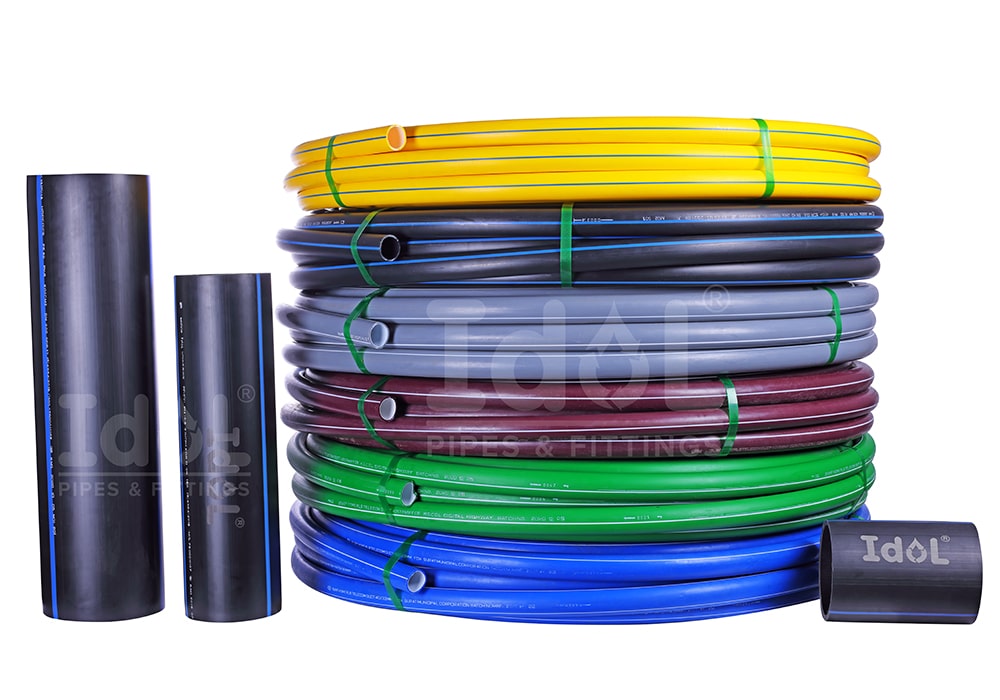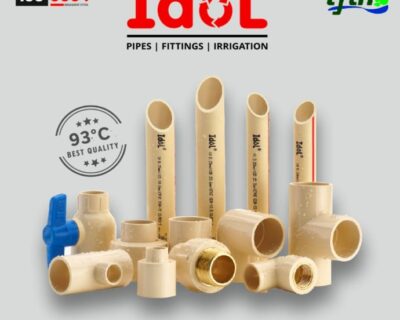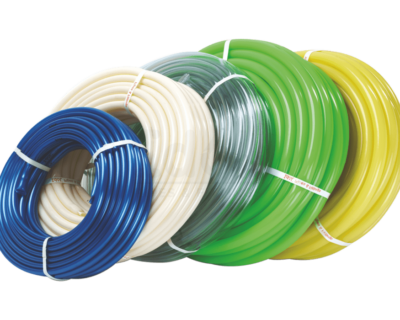Updates

There are constant discussions concerning which pipes are awesome to work with for what type of project. Coming up next is a work to contrast the benefits and drawbacks of utilizing HDPE pipe versus PVC pipe. Each work will be made to be open-minded on the benefits and drawbacks. All things considered, we are a manufacturer of HDPE pipes and PVC pipes.
PVC is a genuinely hard vinyl polymer while HDPE is a thermoplastic produced using petroleum. They are both viewed as plastics. When comparing bad ratings, PVC has demonstrated to be higher than HDPE. PVC has a rating of one of every 48,660 occasions contrasted with HPDE with one out of 10,000,000. These minor occasions included rain stress, wind, hotness or cold. HDPE is popular to be more solid in these occasions. PVC is demonstrated to be more helpful in one-time projects. Explore the swr drainage system supplier
General Characteristics of HDPE & PVC:
Lightweight
Corrosion-proof
Impervious to bacteriological and synthetic development
Made of plastic
Higher future contrasted with other piping such as steel, iron, copper
Durability
Joining
When joining PVC, gasket or sticking sealant should be utilized. It can likewise be joined underwater while HDPE can’t. HDPE is joined by a heat combination. Nonetheless, HDPE can dabble more shock waves than PVC.
When concluding fiber builds, HDPE turns out best for numerous reasons.
Pipe can deal with seasonal pressure (hotness and cold). –The impact of Low temperatures.
HDPE pipe can withstand so many years or a greater amount of the sun’s UV beams, while PVC may not last three years.
Pipe is more impervious to salt, sand, residue, and corrosive materials.
Establishment and set up
HDPE can be set up in the accompanying ways:
Directional bore
Horizontal bore
Drop entombment
PVC can be set up in the following ways:
Open trench
Drop burial
Which one’s better, PVC or HDPE?
When searching for more appropriate piping for lower pressure, HDPE is more productive. HDPE is gentler and more bendable and has a tight bowing span. So, HDPE is a solid decision for both strain and non-pressure pipe application. HDPE is known for its adaptability, chemical compound solidness, and high solidarity-to-thickness proportion
Read more: What is a HDPE pipe and It’s Uses & Benefits
HDPE offers a leak proof framework through heat fusion joints. While PVC is more grounded and stiffer material, it is created for fitting direct burial and trenchless setup.
The rigidity of PVC pipe permits their immediate connection with mechanical valves, non-plastic fittings, and different other water and connection of wastewater. Probably the greatest issue with precisely joined conventional pipes is the high frequency of foundation spillage. This is water that breaks out of the line through pipe joints.
It is assessed that in the US, around 15% of drinking water is lost every day because of foundation spillage! This represents in excess of 12 million gallons of water a year in a city of 100,000. HDPE pipes and their fittings and associations offer an important benefit in that they can be utilized to make release free joints that can forestall this issue.



